Refractory bricks play a critical role in various industries where high temperatures and harsh conditions are present. From steelmaking to glass manufacturing, these specialized bricks are designed to withstand extreme heat and chemical corrosion. However, when it comes to purchasing refractory bricks, understanding the factors that contribute to their price is essential. In this article, we will explore the key factors that influence the price of refractory bricks, helping you make informed decisions when purchasing these vital materials.
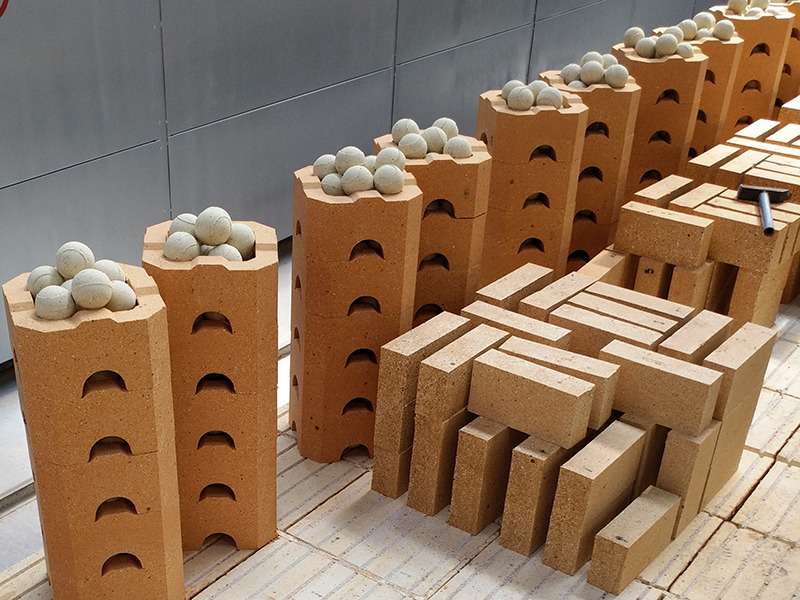
Raw Materials
The cost of raw materials significantly impacts the price of refractory bricks. Common materials used in their production include alumina, silica, magnesia, and chrome. The availability and quality of these raw materials can vary, affecting their overall cost. For example, high-purity alumina bricks, which are often used in high-temperature applications, tend to be more expensive due to the higher cost of refining the raw material.
Manufacturing Process
The manufacturing process of refractory bricks also contributes to their price. Different production techniques, such as dry pressing, extrusion, and casting, require varying levels of expertise, equipment, and time. Bricks produced using more complex methods may have a higher price due to the additional resources and precision involved. On the other hand, bricks produced using simpler techniques may be more affordable but might have limitations in terms of quality and application.
Bricks’ Performance and Properties
The performance and properties of refractory bricks are crucial factors in determining their price. Bricks designed to withstand higher temperatures, resist chemical corrosion, or exhibit superior thermal insulation properties often come at a higher cost. The addition of specific additives or the incorporation of advanced manufacturing techniques to enhance the bricks’ properties can also contribute to a higher price tag.
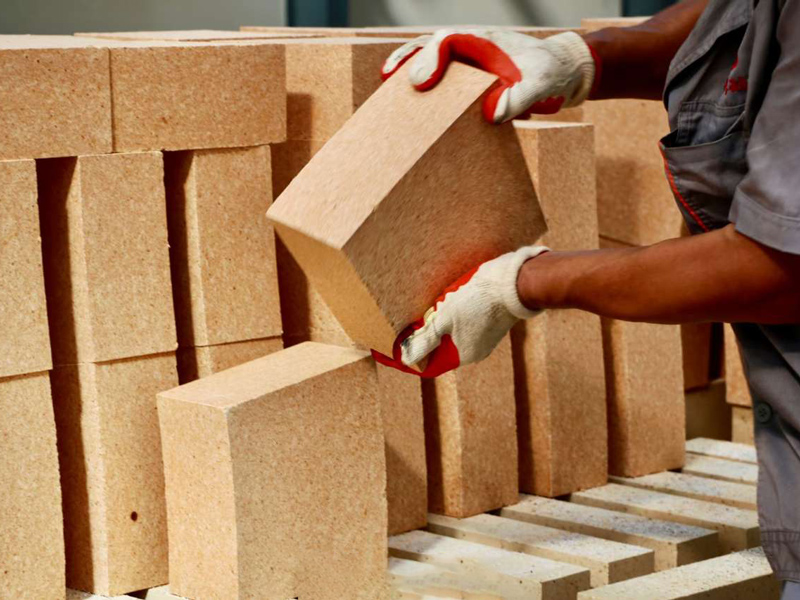
Application and Industry Requirements
The specific application and industry requirements for refractory bricks can influence their price. Different industries have varying demands in terms of temperature resistance, chemical resistance, and structural integrity. Bricks designed for specialized applications, such as blast furnaces, kilns, or incinerators, may require tailored compositions and manufacturing methods, resulting in higher costs. It is crucial to consider the specific needs of your industry when selecting refractory bricks, as choosing the wrong type can lead to premature failure and costly downtime.
Supplier and Market Factors
The supplier and market dynamics can also impact the price of refractory bricks. Factors such as competition, location, and market demand can influence the pricing strategies of suppliers. Additionally, factors like shipping costs, import/export regulations, and currency fluctuations can affect the final price of the bricks. It is advisable to research and compare prices from different suppliers to ensure you are getting the best value for your investment.
Total Cost of Ownership
When evaluating the price of refractory bricks, it is essential to consider the total cost of ownership. This includes not only the initial purchase price but also factors such as installation costs, maintenance requirements, and the expected lifespan of the bricks. Investing in high-quality refractory bricks that may have a higher upfront cost but offer longer service life and better performance can result in significant cost savings in the long run.

Conclusion
Purchasing refractory bricks requires careful consideration of various factors that contribute to their price. Understanding the influence of raw materials, manufacturing processes, performance properties, industry requirements, supplier dynamics, and total cost of ownership is crucial for making informed decisions. By taking into account these factors, you can ensure that you select the most suitable refractory bricks for your specific application, balancing quality, performance, and cost-effectiveness. Remember, the price of refractory bricks should be seen as an investment in the long-term success and efficiency of your operations.



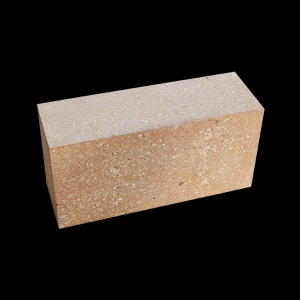
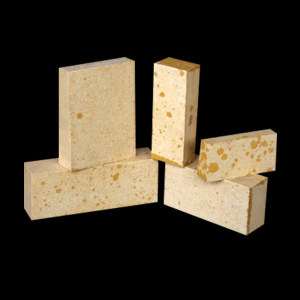

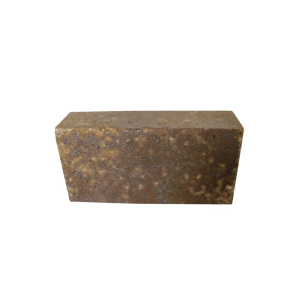
 Wechat Us
Wechat Us